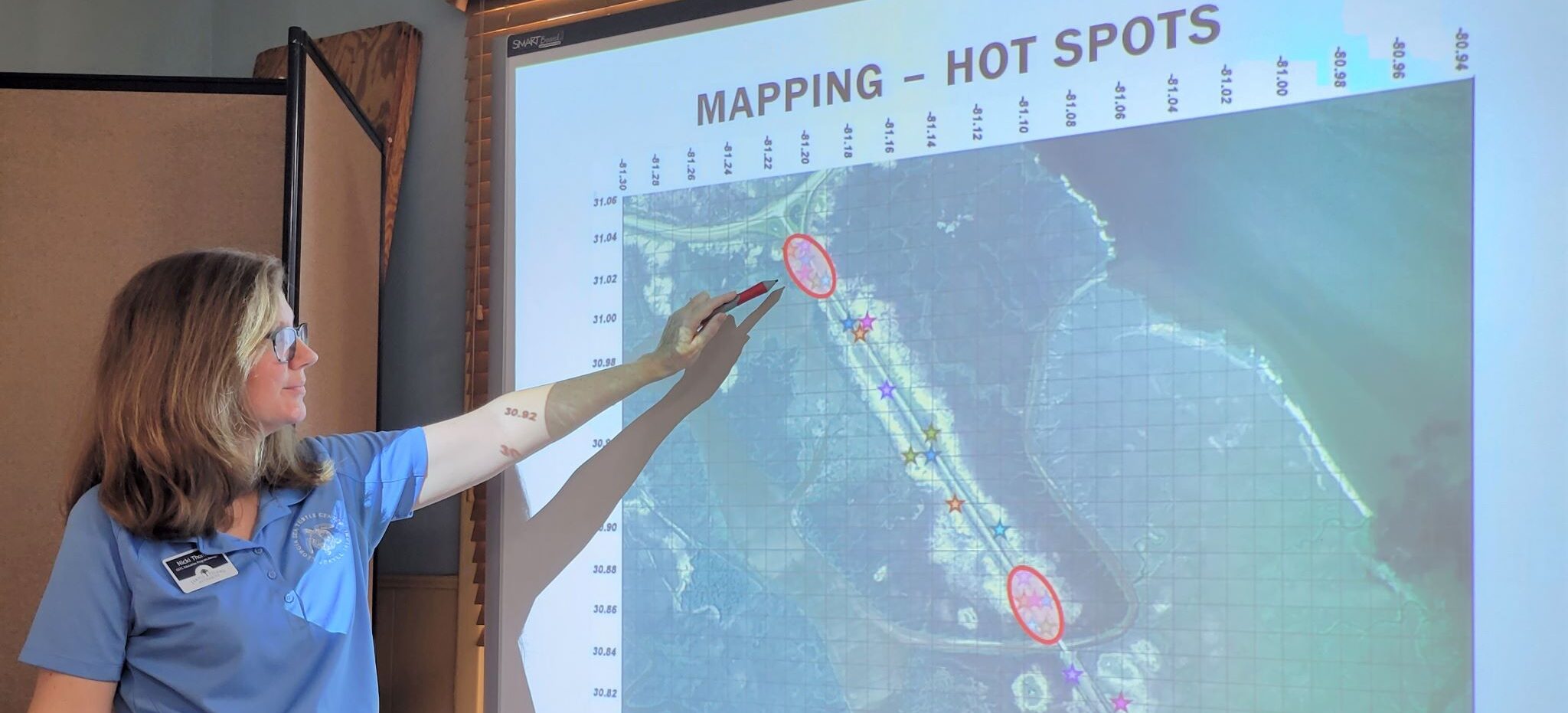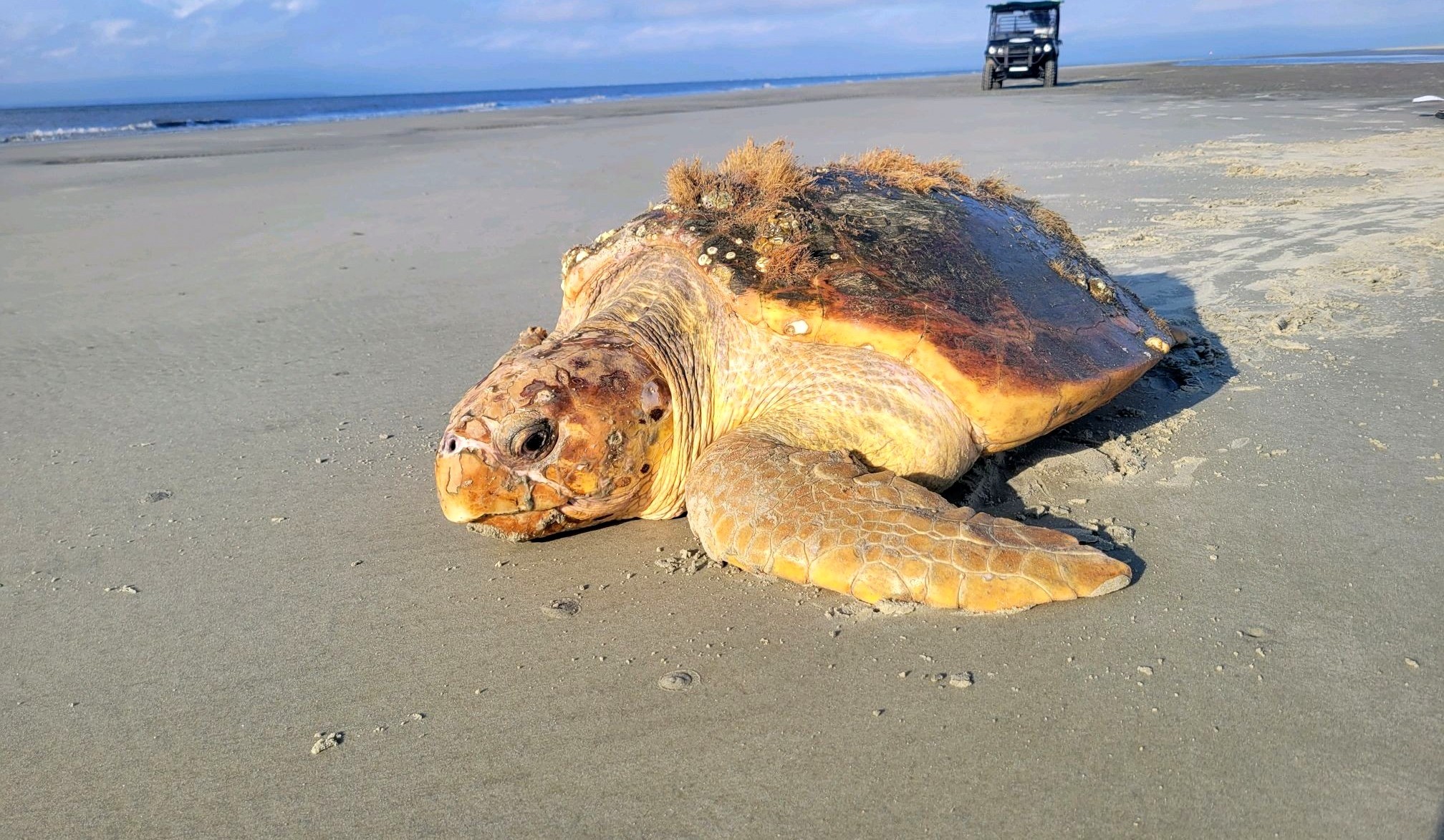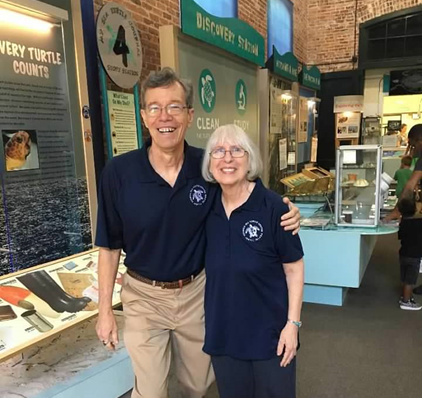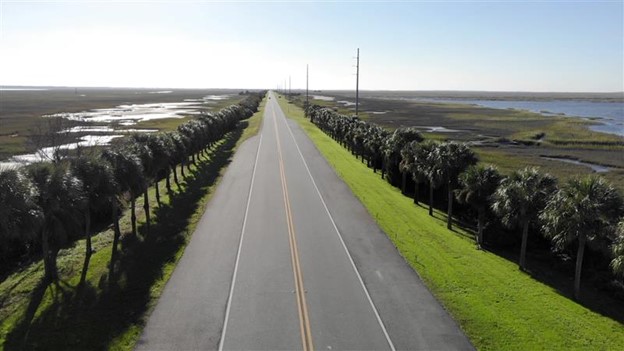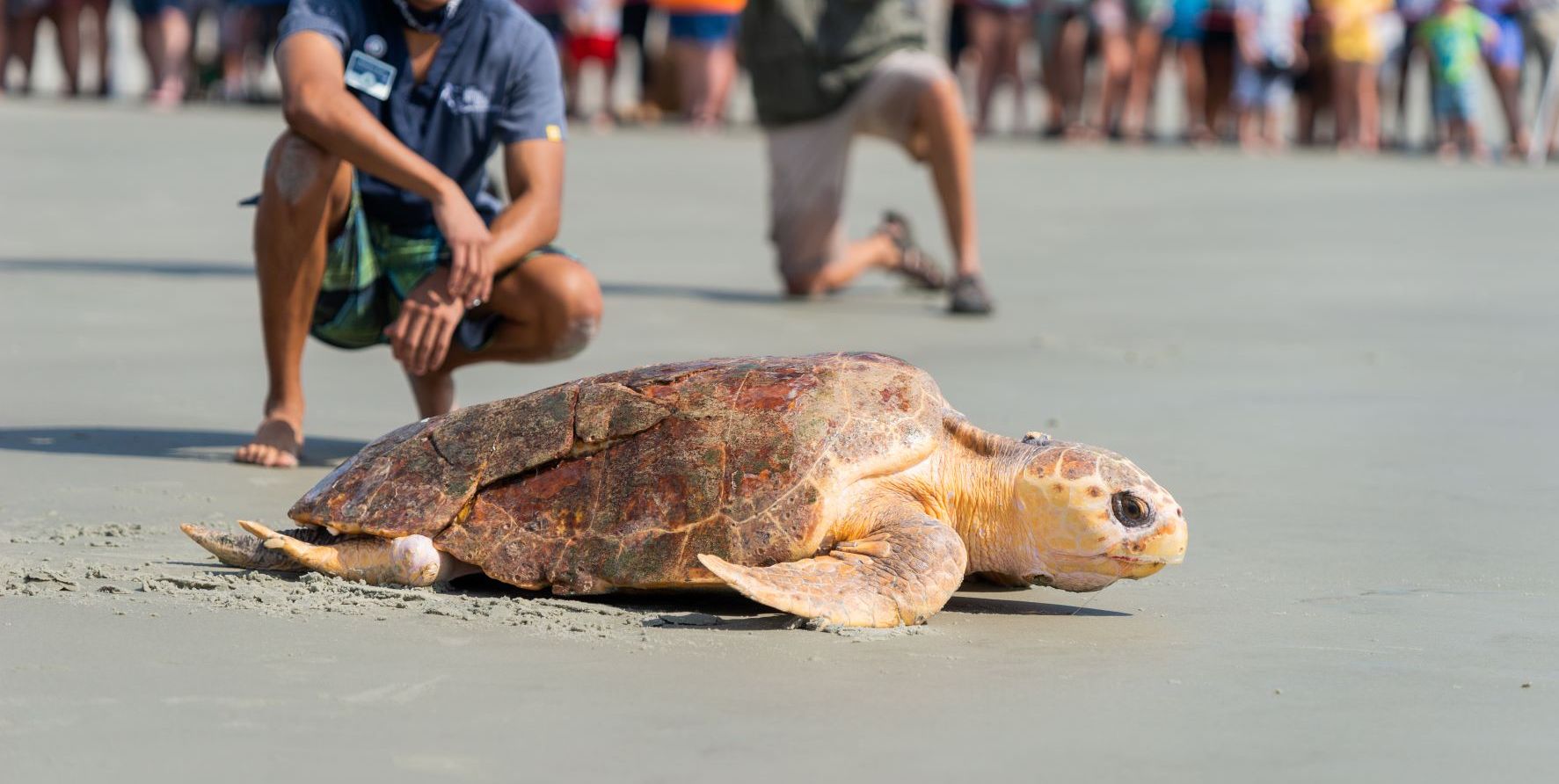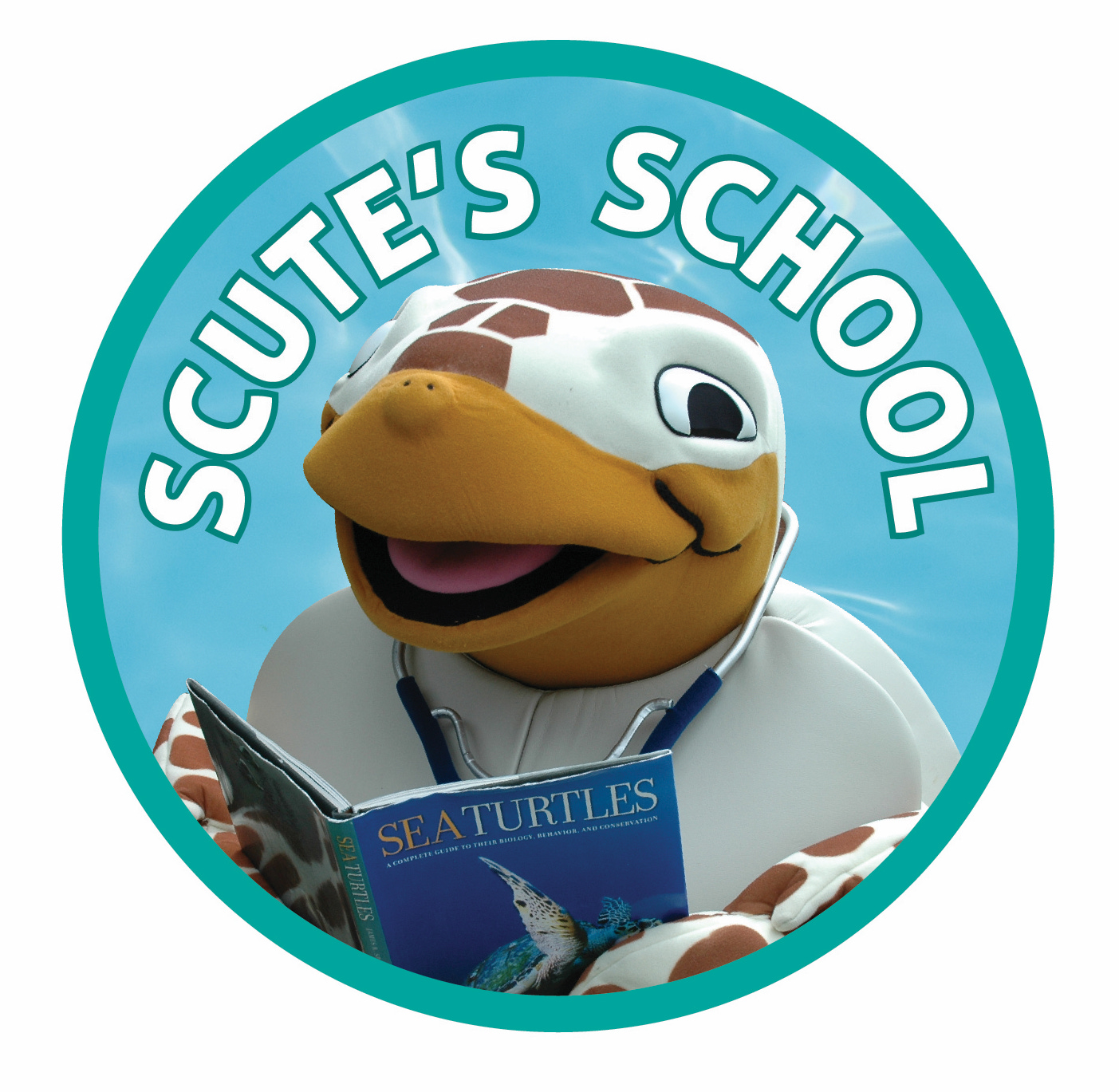by Nicole Thomas, GSTC Education Program Manager
As the Georgia Sea Turtle Center (GSTC) closes out its 15th anniversary year of education, rehabilitation, and research, the staff is looking forward in 2023. One of the Center’s goals this year is advancing ocean literacy through STEAM (Science, Technology, Engineering, Art, & Math) education. Understanding how the ocean supports and connects all life is vitally important to how decisions are made. The functions of the ocean impact what consumers buy, where they live, and what they eat. Pairing knowledge and awareness about the scientific processes of the ocean with creative problem-solving and solution-driven modifications are foundational pieces to the puzzle of sea turtle conservation.
How are these connections made? It usually begins in the classroom on a school field trip. The GSTC’s educational programs are designed as introductions to STEAM concepts and how humans can all play a role as ocean stewards. In the classroom, a variety of teaching methods are utilized like hands-on exercises and inquiry-based group work.
But STEAM isn’t just for students. One tech tool GSTC educators utilize for almost every school group is the interactive whiteboard. The whiteboard allows educators and students to work collaboratively, maintaining a higher level of engagement. Teachers can pull up models and data, interact with maps, and play videos. Using technology like e-boards is one of the ways GSTC staff can make a big impact in the short amount of time spent with students during their visit.
Not every class has the funds or flexibility to visit the GSTC in person, but with STEAM education, learning can happen beyond the entrance doors. Second through twelve grade and college students can visit the Center through Virtual Field Trips covering a variety of topics like threats, veterinary medicine, habitats, and adaptations. These online programs provide an up-close view of the science and engineering that goes into rescue and rehabilitation.
Ensuring state-of-the-art teaching tools are available makes the Georgia Sea Turtle Center’s educational programs unique, providing the opportunity to reach thousands of students each year. The Jekyll Island Foundation’s funding support of the Center’s education mission helps bring STEAM to life. To help support the Georgia Sea Turtle Center, click HERE. To learn more about the Jekyll Island Foundation, click HERE.
